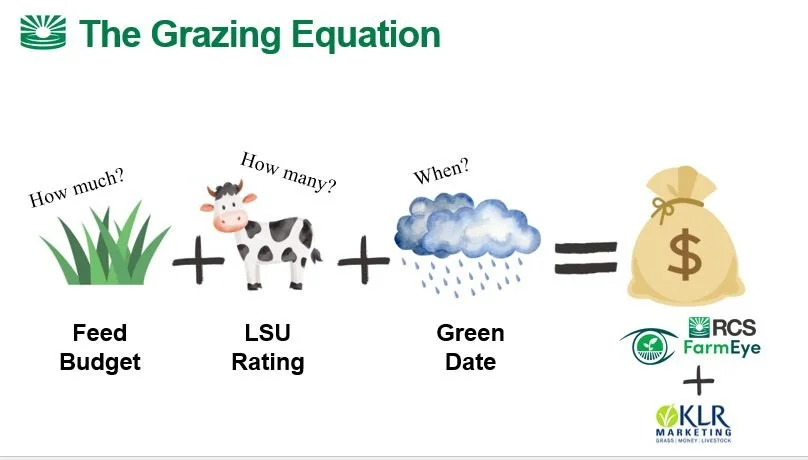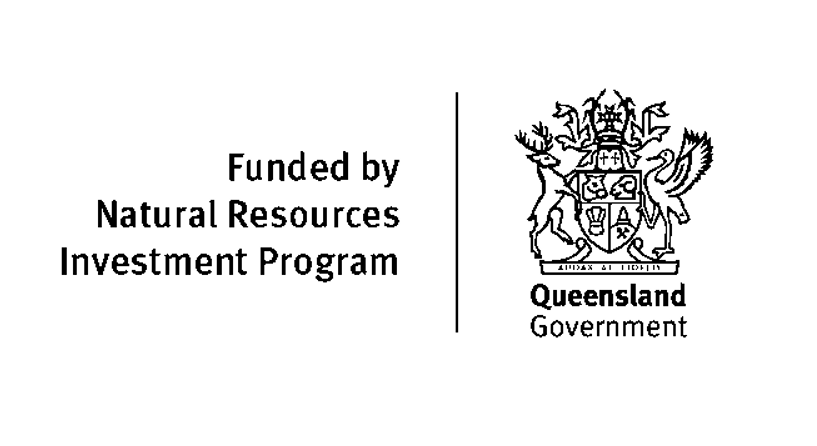Linking theory with practice at the Summit Field Day
I will be honest, I come from a non-grazing background. Some words that get thrown around that I really don’t understand. This year at the Summit’s field day I had a chance to get my head around some of the terms thanks to a very practical presentation by RCS.
Katlin Tilly and Raymond Stacey presented the theory in the classroom and then worked through the practical in the paddock with plenty of time for questions and discussions to get it sorted for everyone who had questions.
What did they cover? The grazing equation.
The grazing equation is used as a decision making tool to determine the number of livestock that you are able to carry given the available feed.
The components that are required to complete the grazing equation are as follows-
- Feed budget (how much feed you have),
- Livestock units (what the feed your stock requires), and
- Green date (when you would normally have new growth after winter)
Katlin and Raymond demonstrated estimating the amount of feed that you have in the paddock by having four attendees step-out a square that would have enough feed for a 400kg steer for one day. From that point they then were able to measure the size of the square and determine how many squares fit in a hectare. This gives an estimate of available feed on a per hectare basis. RCS calls this unit a stock day per hectare (SDH).
Livestock unit rating was made simple by a link to an RCS online tool. We know that different animals will have different feed requirements. You just have to spend the day with a human mother that is feeding her baby to realise that breast feeding takes a lot of extra energy and it is no different for cattle and sheep. Here is a link to RCS’s Livestock units calculator, this calculator certainly makes this calculation a lot easier, thanks RCS!
Now green date for some farmers is a little hazy, and lots of people will only increase stock numbers based on a rain event. There are a number of problems with that-mainly that it doesn’t allow you to plan ahead of time and adjust your livestock numbers based on the pasture available.
The aim of the green date is to make sure that your calves or lambs are born when pasture quality is improving. This will mean that by the time the cow and ewes are at the peak of lactation the pasture is at its peak quality and quantity. This helps look after your land, animals and back pocket.
Others who are in the trading game also may use a date to trigger livestock purchases rather than a weather event. As was outlined in the KLR marketing presentation the use of a green date for trading steers will be determined by your appetite for risk.
CliMate provide a free green date calculator that uses data from your closest weather station. To access that website click here- https://climateapp.net.au/
Thank you to Raymond Stacy and Katlin Tilly for a day full of learning for all attendees.
This project is funded by Queensland Government’s Natural Resources Recovery Program.




